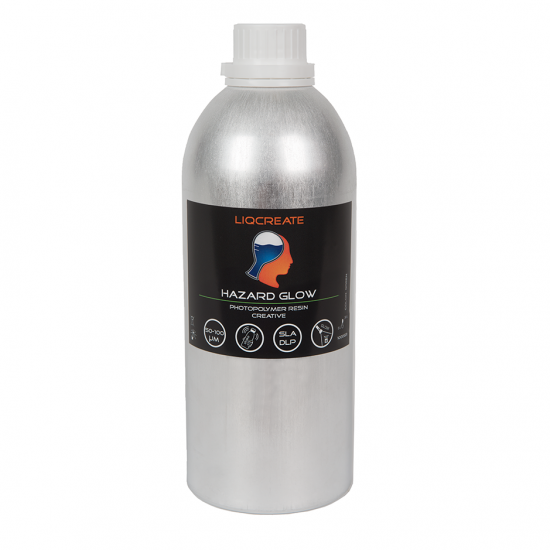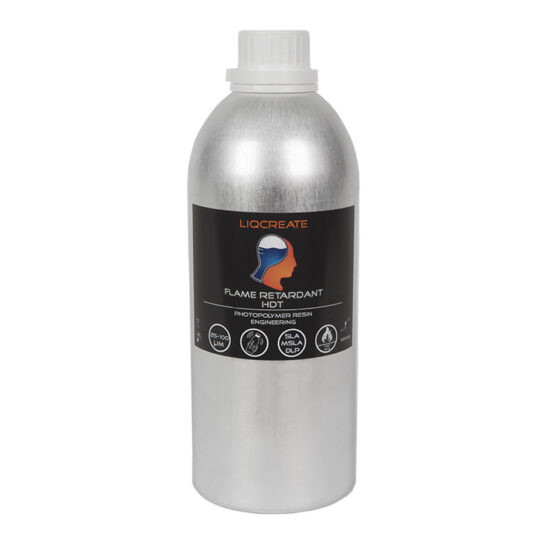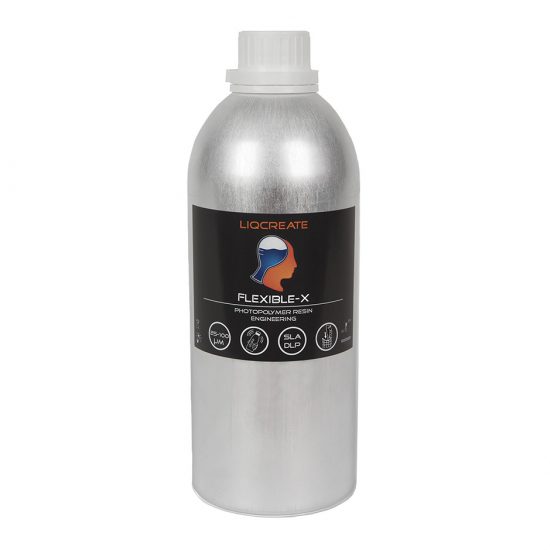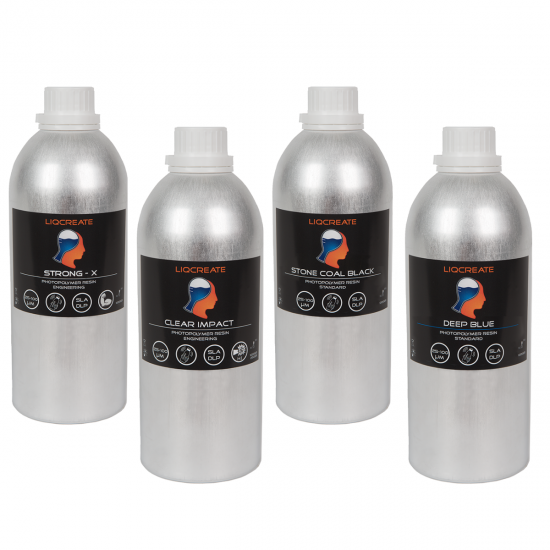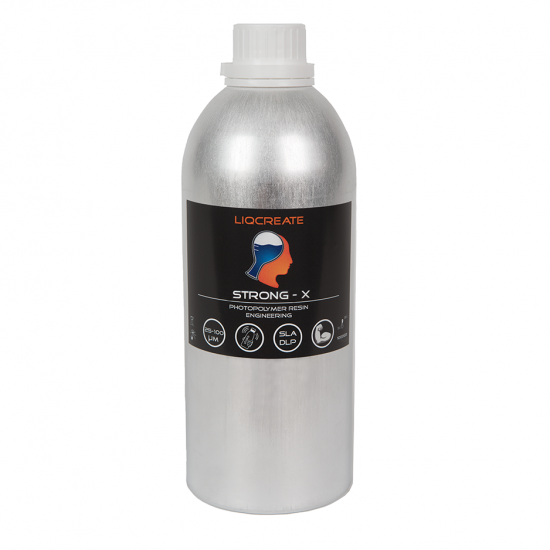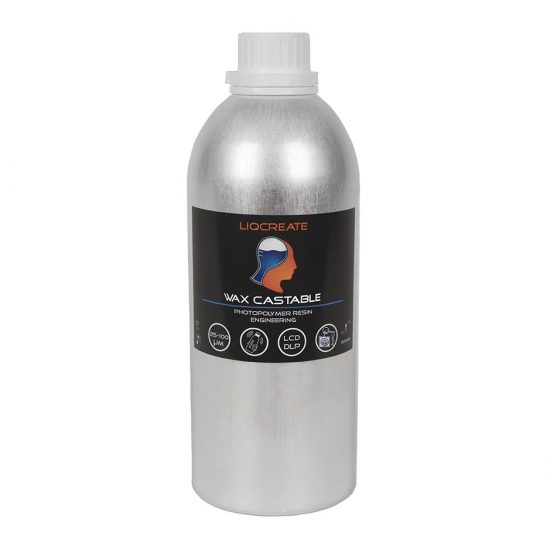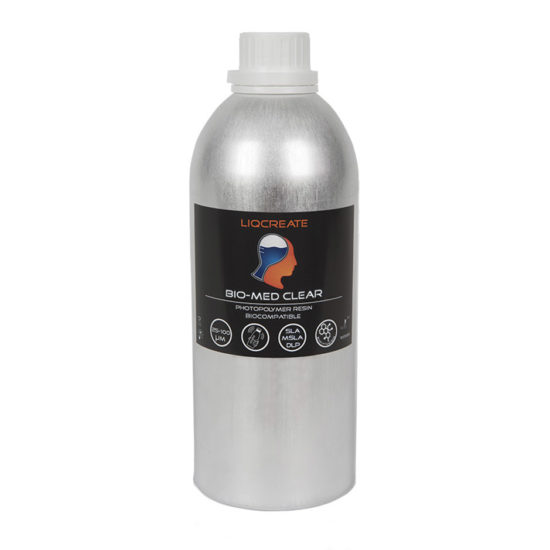Resin 3D-printing is more complicated than many other 3D-printing techniques. This is due to the many different factors involved in the 3D-printing process. In this article we explain the most common resin 3D-printing defects and how to solve them. If you don’t like reading, Hiro Creations shared a video on his tips and tricks how to solve these problems.
Most common 3D-printing fails and how to solve them
Before focusing on the printing issue. It is good to know that there are already many pre-settings available for Liqcreate resins. You can find them here. Additionally, it is always advised to filter the resin after you had a print failure. There can be small plastic parts in the resin tank that can destroy the resin tank or part of the printer
General tips and tricks:
- – Keep the resin temperature at least at room temperature (20C / 68F)
- – Clean working area
1) Build plate adhesion failure
One of the most common issues is if a part doesn’t stick to the build plate at all. Not even a thin layer of plastic is attached to the build plate. Here you have to check how thick / big the part is that is stuck to the bottom of the build plate. If there is no solidified part on the bottom of your film, then there is likely something wrong with the light source of mirror / DLP module/ LCD screen. It is worth to reset the 3D-printer and do an exposure test. If it doesn’t show any light, contact the hardware manufacturer.
If the first part of your STL file is in the resin tank, then it usually means that the part delaminated from the build plate halfway the build. In this case you can increase the bottom exposure time with 10-20% and it is usually fixed.
A third and most common scenario is that nothing is attached to the build plate, and that on the bottom of the resin tank is a few millimeters of solidified resin. This usually means that the first layer did not stick well to the build plate and failed right away. Before looking into the settings, re-calibrating your build plate as good as you can. A badly calibrated build plate will always result in adhesion issues. There are a few ways to fix this:
- – Recalibrate your build plate
- – Increase the bottom layer exposure time
- – Increase the amount of bottom layers
- – Increase the wait time before lift on the bottom layers
- – Decrease the lift speed and retract speed of the bottom layers
All these modifications will help in getting a stronger adhesion to the build plate and reduce the chance of failure.
2) Regular layers delaminate from bottom layers
Most parameters are set in a way that you can control the exposure time of the bottom layers and of the regular layers. The exposure time of the bottom layers is higher to get a good adhesion to the build plate. Sometimes the regular have difficulties to adhere to the bottom layers. This can be solved in a few ways:
- – Reduce the exposure time of the bottom layers. (don’t reduce it so much that adhesion failures occur)
- – Increase the exposure time of the regular layers
- – Increase the wait time before lift
- – Decrease the lift speed and retract speed
3) Random support failure
Most parts need to be printed on supports. Support failures happen at the support tip (see next point) or randomly during in the support structure. When it is happening randomly, there are a few ways to fix this:
- – Increase the exposure time of the regular layers
- – Increase the wait time before lift
- – Decrease the lift speed and retract speed
- – Increase the support thickness
4) Support failure tips
Sometimes the supports are nicely printed, but the part is missing. In most cases this failure happens at the support tips. There are a few ways to fix this:
- – Increase the support thickness
- – Increase the support tip thickness
- – Increase the support intersection
- – Increase the wait time before lift
- – Decrease the lift speed and retract speed
5) Random part failure
When a part fails randomly, meaning that everything is printed nicely and suddenly the part starts to fail locally. there can be a few causes and different ways to fix this:
- – Increase the exposure time of the regular layers
- – Increase the wait time before lift
- – Decrease the lift speed and retract speed
- – Increase the support thickness
Support
Do you need any help with 3D printing our SLA, DLP or LCD resins? We can help you! Just look for the question you have below. If you can’t find it, let us know by contacting us!
Printer Settings →
6) Rough surface
When the part is completely printed, but the surface is rough, it can be caused by a few settings. The most common is over-cured or under-cured parts. Additionally also low waiting time or too fast lift speed can cause this. It is sometimes difficult to judge if a part is over-cured or under-cured. Under-cured parts typically look like orange-peel defects:
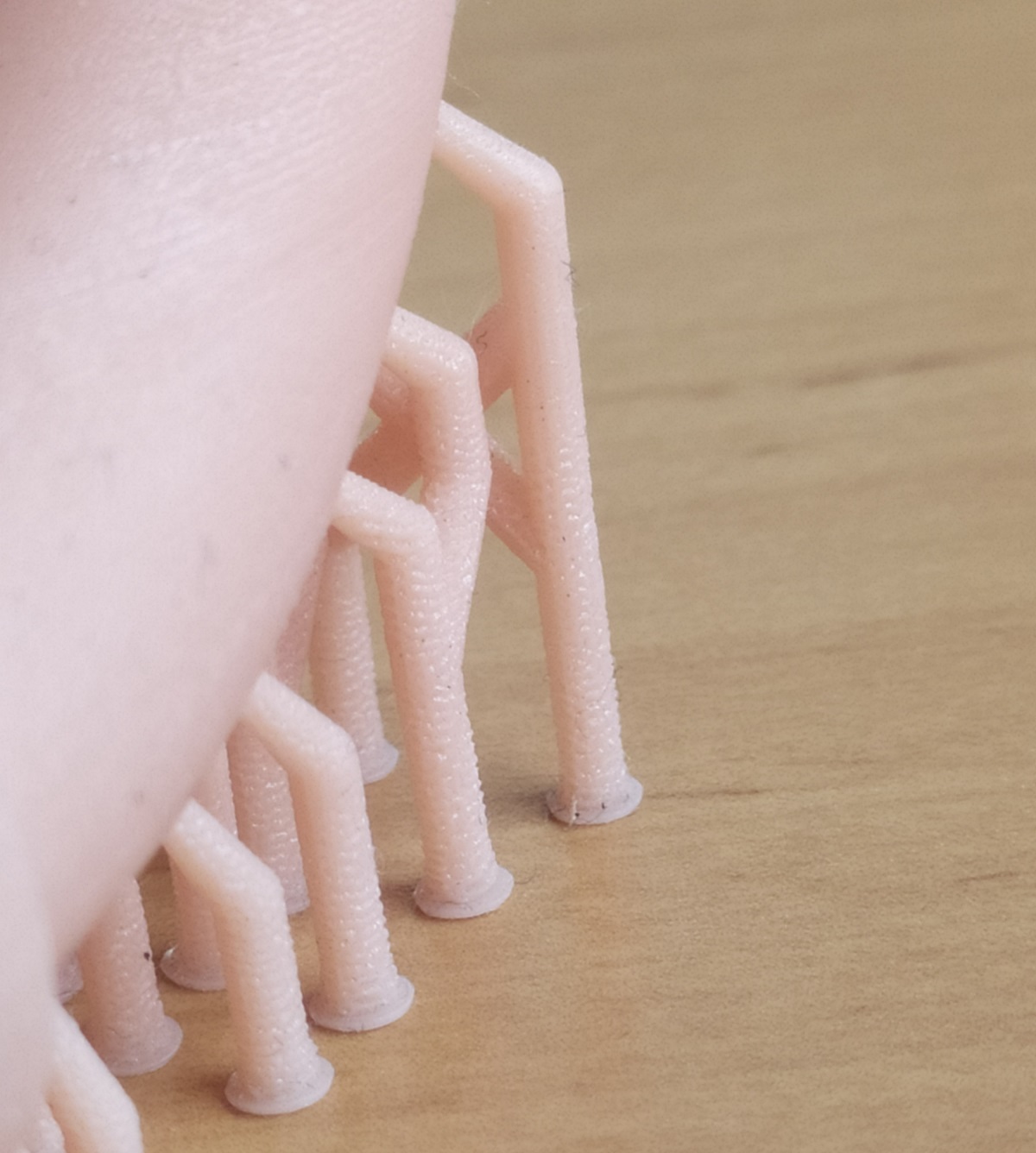
Image: Orange peel effect in resin 3D-printed parts is often due to under-exposure of the resin.
7) Random holes
The main three reasons why there can be random holes in a parts are:
- – Part is under-exposed. Increase the exposure time of the regular layers
- – Wall thickness is too low. Increase the wall thickness of the design if possible
- – Part has (partial) hollow area without drain holes. Either add a drain hole, place the part on supports or slow down the print speed significantly that the pressure can be released slowly.
8) “Ragging defects”
Ragging defects are easy to spot as there are thin layers of semi-cured resin all over the parts. Sometimes even causing parts to fail. This is usually caused by layers not sticking properly to each other. During the movement of the build plate the layers can move a bit and are stuck to the part. There are a few ways to solve this:
- – Increase the exposure time of the regular layers
- – Increase the wait time before lift
- – Decrease the lift speed and retract speed
- – Increase the support thickness
Image by Formlabs: Ragging defects in the Formlabs Form 2
9) Extreme lines visible in the part
Extreme lines in a print can be caused by the settings or by the hardware. Make sure that the build plate is leveled and check if there is no wobble in the Z-axis. If this is not the cause, then the following settings can be causing extreme layer lines:
- – Over-curing the part. Check if the parts are over-cured, if so, reduce the exposure time of the regular layers
- – Increase the wait time before lift
- – Decrease the lift speed and retract speed
10) How to fix 3D-print failures with Wax Castable resin
Due to the significant amount of wax in the resin, there are some specific advises when you run into trouble with Liqcreate Wax Castable resin. You can find it here.
11) How to fix 3D-print failures with Composite-X resin
Printing with composite resins is always a bit more challenging compared to regular resins. Tips and tricks when working with Liqcreate Composite-X can be found here.
Feel free to contact us at info@liqcreate.com if you have any questions, or need help from a resin 3D-printing expert at Liqcreate.
